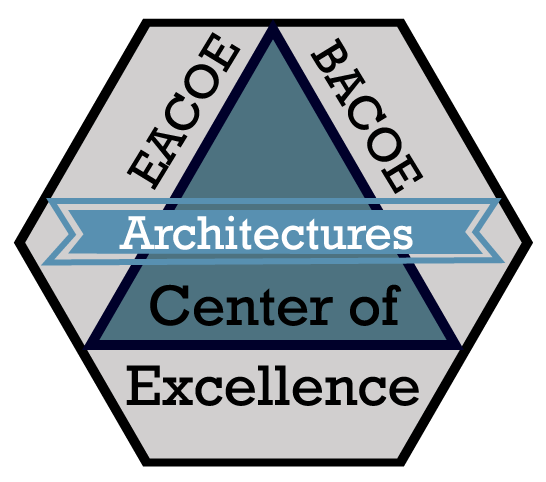"Fool's Gold" (all that glitters is not gold)
"Fool’s Gold" - all that glitters is not gold. If you have not heard that term, it dates back quite some time. It stands for a flashy investment of some kind that ultimately turns out to be worthless. The origin goes back to the North American West Coast Gold Rush. “Fools Gold” was a substance called iron pyrite. This iron pyrite substance was often mistaken for gold and named “Fool’s Gold” because many people were fooled into believing it was genuine gold.
Now, what does that have to do with the concept of strategy?
Unfortunately, a lot of people, organizations, and vendors, in our opinion (strong opinion), are selling Fool's Gold when it comes to Strategy, Business Architecture, and Enterprise Architecture. Let me give you some examples of what this is.
The first example is a vendor, a consulting firm, an advisory firm, a firm selling you models, capability maps, reference models - whatever you want to call them, or anything “off the shelf” that has to do with architecture or strategy…
Are any of those vendors selling you a “best practice” that will give you a competitive advantage? Think about this. How can they sell you a “best practice”? Where did this best practice come from? Is it actually “intellectual property” theft you are getting?
Would you allow your “best practices” to be provided to one of your competitors? Would you want or allow anybody to sell what you worked so hard to gain as a competitive advantage to some competitor or other organization?
Well, of course not. What is your competitive advantage strategy gained from these kinds of things? You know what the answer to this question is. It is Fool’s Gold. Why would an organization believe that they will be provided with other organizations' core competencies, competitive advantage capabilities, understanding of their abilities, or whatever it is? “Best Practices” cost money and are your competitive advantages.
Other “Fool's Gold” examples are starter models, an initial external representation of something, a high-level model, or a map. There are many others.
Fool's Gold has two components: As an analogy, someone is selling you razor blades, and you must buy the razor. Please read the previous sentence carefully. And to use that razor blade, you must purchase the razor that costs you $500 a month or $300 a month, or $4,000, or whatever it is. Yes, it is a bit different than selling (or giving you the razer, and you must buy razor blades periodically).
I find it unimaginable that you can acquire something with competitive strategic value on the internet or from any vendor, whatever their pedigree is.
If this is the case, what is the role of an advisory or consulting firm? Those that do not sell you Fool’s Gold. And yes, we are a consulting and advisory firm that does not sell Fool’s Gold. The role of an authentic advisory or consulting firm is to help you discover what your gold is so that you can make and generate more gold. You have an advantage of some kind that your marketplace sees as unique, valuable, and accepting.
Instead of looking for gold outside of your company - Fool's Gold - look for an approach to harness, amplify, and leverage the gold you have now. That is where you get the competitive advantage. Competitive advantage and actual best practices are challenging to duplicate.
Categories
- Agility
- Architecture Models
- Architecture Views
- Artificial Intelligence
- Assemble to Order
- BTP
- Benefits
- Big Data
- Bill of Materials
- Book
- Business Architect
- Business Architecture
- Business Architecture Framework
- Business Architecture Participants
- Business Architecture Tools
- Business Capability
- Capabilities
- Capability Ability
- Certification
- Certification Levels
- Certification Mistakes
- Change Management
- Checklist
- Cloud
- Cloud Decommission
- Coding
- Communication
- Competition
- Complexity
- Confirmation Bias
- Consulting
- Cybersecurity
- Data
- Data Architecture
- Data Lake
- Data Modeling
- Data Sludge
- Data Swamp
- Differentiators
- Digital Transformation
- Distance Learning
- Enterprise Architect
- Enterprise Architecture
- Enterprise Architecture Framework
- Enterprise Architecture Participants
- Enterprise Architecture Tools
- Evaluation Checklist
- Evaluation Criteria
- Event Model
- Experiences needed

